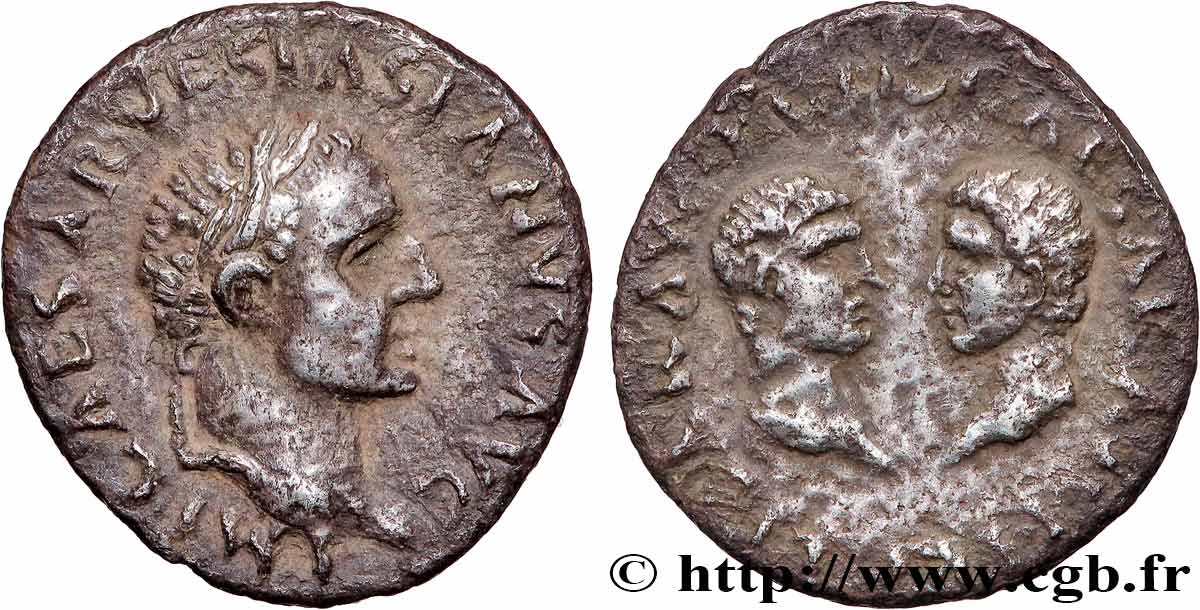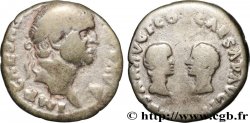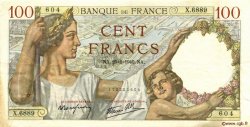Live auction - brm_810077 - VESPASIAN, TITUS and DOMITIAN Denier
得先注册又得到批准才可以报价。为了报价注册. 客户应该得到公司允许,那种过程需要 48 个小时。别等出售结束那一天才登记。您报价的话等于您赞成买那物品,而且按« 保价 » 证明您接受 cgb.fr 因特网拍卖使用法.
报价时只可以出全数值欧元总额。物品描述也说明销售结束时间,结束后出价都不会生效。 报价命令转达有时变动,等到最后秒钟增加否决的可能会。想多了解的话请注意 因特网拍卖常问
最高出价方将支付18%的不含税的拍卖费用
最高出价方将支付18%的不含税的拍卖费用
| 估算 : | 700 € |
| 价格 : | 340 € |
| 最高出价 : | 340 € |
| 拍卖结束日期 : | 04 March 2025 14:42:03 |
| 竞拍人 : | 1 竞拍人 |
种类 Denier
日期: janvier - juin
日期: 70
铸币厂名称/城市 Tarragone
材质 silver
纯度、成色(用角密度) 900 ‰
直径 18,5 mm
模子方针 6 h.
重量 2,89 g.
稀少度 R2
关于品相的说明
Flan ovale, centré des deux côtés. Métal légèrement cristallisé mais stable. Jolis portraits. Patine grise
出版目录中的项代码 :
正面
正面的文字 IMP CAESAR VESPASIANVS AVG.
正面的说明书 Tête laurée de Vespasien à droite (O*).
正面的翻译 “Imperator Cæsar Vespasianus Augustus”, (l’empereur césar Vespasien auguste).
背面
背面的文字 CAESAR AVG F COS CAESAR AVG F PR.
背面的说明书 Bustes affrontés de Titus à gauche et de Domitien à droite, têtes nues.
背面的翻译 “Cæsar Augusti Filius Consul Cæsar Augusti Filius Prætor”, (césar fils d’auguste consul césar fils d’auguste préteur).
评论
Poids léger. C’est la première fois que nous présentons ce type pour l’atelier de Tarragone ! .








 对产品描述纠错
对产品描述纠错 打印
打印 分享我的选择
分享我的选择 提问
提问 Consign / sell
Consign / sell
 产品介绍
产品介绍







